
Akhaura is an upazila of Brahmanbaria District, a district under Chattogram, Bangladesh. Akhaura Upazila has an area of 99.28 km2. The main river that run through this upazila is the Titas River. Akhaura played an important historical role during both World War II and Liberation War of Bangladesh.

Ramgarh is an upazila of Khagrachhari District in Chattogram Division, Bangladesh.

Zakiganj is an upazila of Sylhet District in Sylhet Division, Bangladesh.
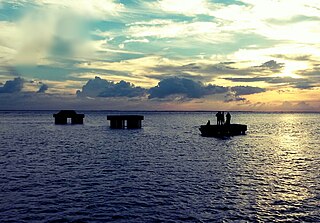
Dohar is an upazila of Dhaka District in the division of Dhaka, Bangladesh. The upazila is situated in the southernmost part of Dhaka District. The Padma River borders the southern part of the upazila.

Keraniganj is an upazila of Dhaka District in the division of Dhaka, Bangladesh.
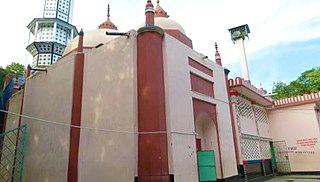
Nawabganj is an upazila of Dhaka District in the Dhaka Division, Bangladesh.

Sadarpur is an upazila of Faridpur District in the Division of Dhaka, Bangladesh.

Melandaha is an upazila of Jamalpur District in the Division of Mymensingh, Bangladesh.

Shibchar is an upazila of Madaripur District in the Division of Dhaka, Bangladesh.

Sakhipur is an upazila of Tangail District in the division of Dhaka, Bangladesh.

Bagerhat Sadar is an upazila of Bagerhat District in the Division of Khulna, Bangladesh. The municipality was established in 1958. It consists of 9 wards and 31 mahallas.

Maheshpur Upazila is a part of Jhenaidah District in the Khulna Division of Bangladesh.

Narail Sadar is an upazila of Narail District in the Division of Khulna, Bangladesh. Narail Thana was established in 1861 and was converted into an upazila in 1984. The upazila takes its name from the district and the Bengali word sadar (headquarters). It is the subdistrict where the district headquarters, Narail town, is located.
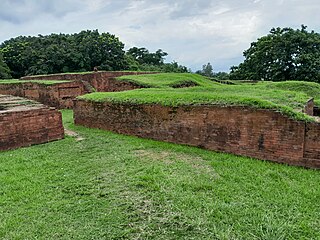
Shibganj Upazila is an upazila of Bogra District in the Division of Rajshahi, Bangladesh. The upazila was created in 1983. It is named after its administrative center, the town of Shibganj.

Gurudaspur is an upazila of Natore District in the Division of Rajshahi, Bangladesh.
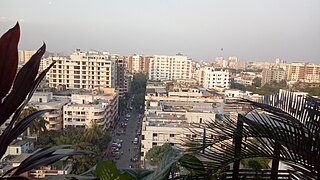
Dhanmondi is an upscale residential and commercial neighbourhood and a thana in Dhaka, Bangladesh, known for its central location, cultural vibrancy and being home to the country's founder, Sheikh Mujibur Rahman. Dhanmondi Thana falls within the administrative areas of both the Dhaka North and Dhaka South city corporations. It fully encompasses wards 49 and partially includes wards 47 and 48.
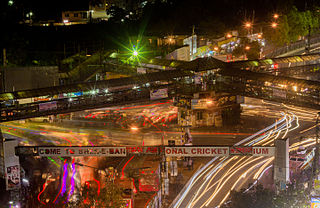
Mirpur is a thana of Dhaka city, Bangladesh. It is bounded by Pallabi Thana to the north, Mohammadpur Thana to the south, Kafrul to the east, and Savar Upazila to the west. For administrative convenience three new thanas, namely Shah Ali, Pallabi Thana and Kafrul Thana have been carved out of old Mirpur Thana.

Tejgaon is a thana of Dhaka District in the Division of Dhaka, Bangladesh. It is in the centre of Dhaka, the capital. In 2006, the boundaries of the thana were redrawn when Tejgaon Industrial Area Thana was created out of the former larger area and again in 2009, when Sher-e-Bangla Nagar Thana was created.

The Bangladesh Post Office also known by trade name Bangla Post is a government-operated agency responsible for providing postal services in Bangladesh. It is a subsidiary of the Ministry of Posts, Telecommunications and Information Technology. This ministry is concerned with the policymaking for its two attached departments. The director general of Bangladesh Post Office is Md Harunur Rashid.



















